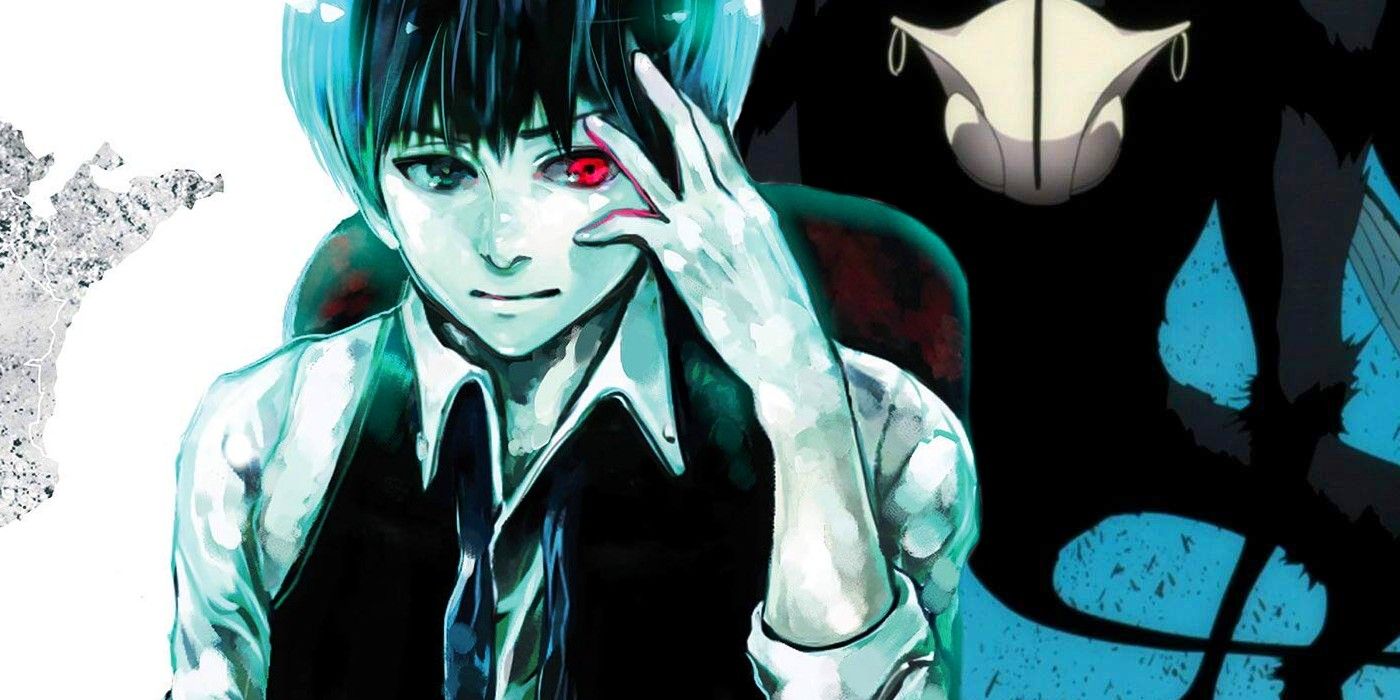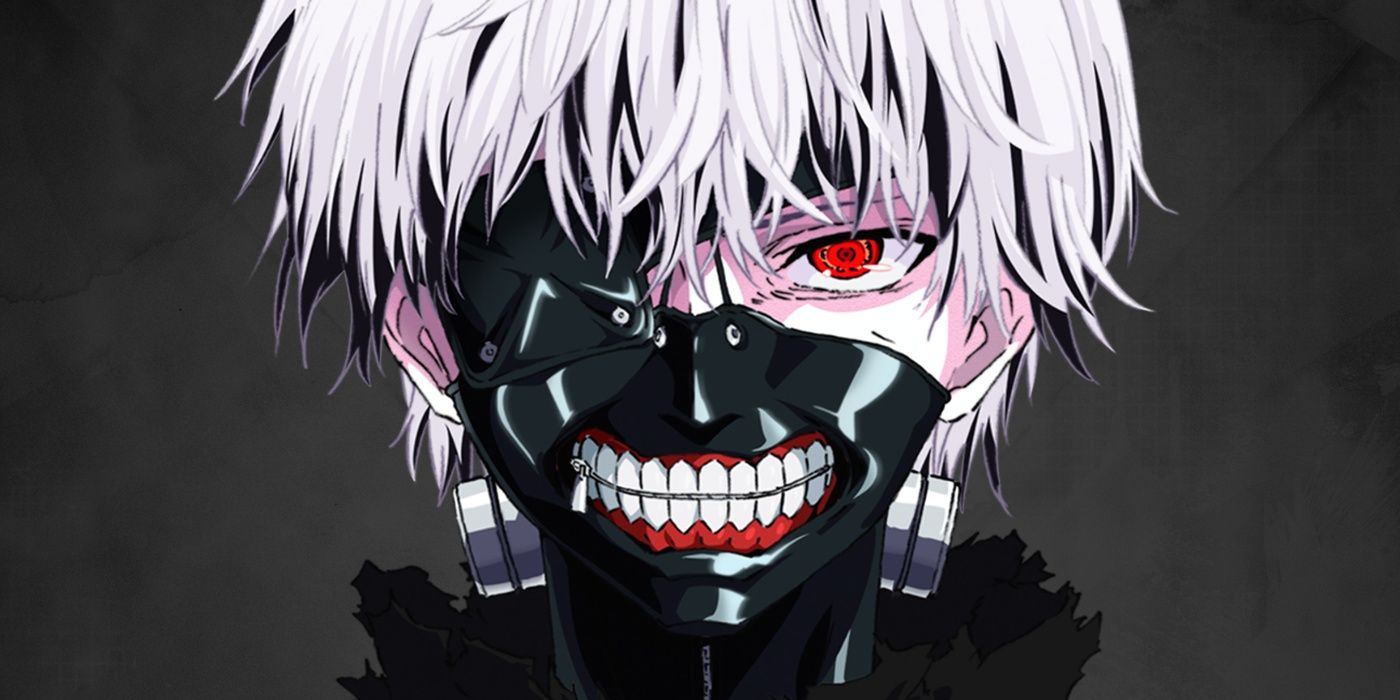In the popular manga series Tokyo Ghoul and Bleach, the primary villains of the stories are supernatural entities known as ghouls and hollows respectively. As with many supernatural beings, humans are their primary source of sustenance. As such, they are intimately bound to the human world, whether they like it or not. But while supernatural beings derive from a multitude of events and consequences, the ghouls and hollows of these two stories are created through the same grim process.
Of course, ghouls and hollows are not the same. While the origin of ghouls is not clear, it is understood that they are human-like beings that evolved into their current form from a mutation of Rc cells found in all humans. Ghouls have a significantly higher number of Rc cells than humans, which gives them a number of non-human attributes. The most worrisome is the kaguna. The kaguna is a special organ in ghouls, and ghoul hybrids, that can manifest into an appendage such as a tentacle or claw. Ghouls generally use their kaguna while fighting or during the hunt for food.
The origin of the hollows is much clearer than that of the ghouls. Primarily, Bleach's hollows are the spirits of deceased humans that do not cross over into the afterlife so that they can, in effect, complete their personal "mission." These missions are unique to the individual - such as the human’s dying wish to get vengeance against another - however the longer a spirit stays among the living, the more its ability to remain true to its mission decreases. If they cannot complete the task that kept them in the human world within an allotted time, they lose their heart and warp into evil creatures whose main desire is to replace the emptiness they feel.
Despite their differences, most ghouls and hollows share one common characteristic of origin. Both tend to come into existence under tragic circumstances. That is, most people do not wake up one day and desire to be a ghoul or hollow. They do not voluntarily choose to be the entities they are. Rather, they are brought into existence without their explicit agreement. In many cases, they are "turned" against their will. Moreover, once turned neither a ghoul nor a hollow is given many options to exist under happy or positive circumstances. A ghoul’s historic need to eat human flesh, or the flesh of another ghoul, to survive means that they had to either kill humans, eat humans who had already died, eat their own kind, or purchase a human flesh alternative. Similarly, a hollow’s need to consume the souls of the living, the dead, or another hollow means that, like a ghoul, they deal with death or the near-death of others.
As such, ghouls, and hollows tend to share a deep despair, as well as a discernible level of contempt for others. While some have exhibited positive mindsets and personalities, most are evil. It's fascinating that in creating their central threats, Tokyo Ghoul and Bleach both speak to the radical pain of being ostracized from humanity, focusing on creatures who - unlike, for example, vampires - despise their own existence and become dangerous in their attempt to violently reclaim what they've lost. Considering their creation and existence, it is not hard to see how the ghouls of Tokyo Ghoul and the hollows of Bleach might be seen as two sides of the same coin - created by tragedy, united in despair.


